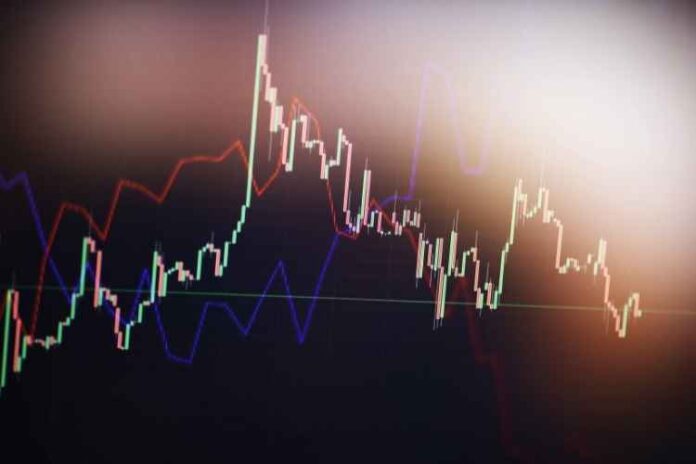Technical analysis is the study of historical price movements in an attempt to forecast future price movements. Technical analysts believe that historical prices, especially those on a chart, are vital factors determining whether an asset or security will move up or down.
Technical analysis can be used to spot patterns related to factors such as momentum and volume. Momentum is based on this idea: if an asset’s price increases by X each day for Y days, it will continue increasing at that rate. Volume measures how much interest there is in an asset at any given time.
Technical Analysis vs Fundamental Analysis
Technical analysis has been criticized by many individuals who have used it over the years, including Warren Buffett. Buffett calls trading based on technical indicators “beating your brains out” and “the surest way to go broke”. Buffett’s mentor, Benjamin Graham, was a strong advocate of fundamental analysis.
Fundamental analysts study economic reports and other important information that may not be reflected in the price of an asset. In contrast, technical traders believe that the fundamentals are already reflected in the prices people are willing to pay for financial assets.
Some say using both fundamental and technical analysis is best because different circumstances call for different strategies. Using technicals alone can make it possible to pick up pennies in front of a steamroller. At the same time, the fundamental analysis leaves you vulnerable to spikes down when bad news hits the market. When used in combination with one another, however, these methods create a more balanced approach that considers all aspects of the market at once.
Technical Analysis is also widely used by private investors in addition to large financial institutions. It is beneficial for private investors in determining the best times to buy or sell securities because it helps them identify the current direction of prices and allows for buying or selling at more advantageous timeframes.
Technical analysis stands in sharp contrast with fundamental analysis, which considers all aspects of economic performance that may directly or indirectly affect the company’s financial health.
Though traders may apply its techniques in all market environments, Technical Analysis is most often employed when the fundamental security analysis has little or no effect on its price. This is because most of what technical traders do is informed by macroeconomic factors (which themselves are driven by fundamental forces), so it makes sense to prioritize raw economic data. These factors include inflation rates, central bank policy action, interest rates, and other factors influencing market psychology, such as time of year [or even the lunar phase]. Technical traders also pay attention to the price of a security relative to its historical norm or range, [called] support and resistance levels.
Technical Analysis is different from Fundamental Analysis in terms of how it views the markets. The latter looks at a wide range of data to determine a specific value for a property, while technical analysis uses only price-related data to arrive at their conclusions. In simple words, while fundamental analysts study company reports estimating its future stock prices, technical analysts rely on charts and track record history to predict whether stocks will go up or down by looking at past patterns.
For example, A fundamental analyst may expect Microsoft’s stock price to rise if the company can develop an innovative new product (such as a game console). In contrast, a technical analyst will want to see Microsoft’s price trending up over the past year, which indicates that it may be time to buy.
Both fundamental and technical analysis can be used together or independently. However, when they are used in conjunction, they complement each other by allowing for more accurate predictions about future movements in stock prices.
The Bottom Line
Technical analysis is a prevalent method used by many traders in the forex market, but does it work? Some have found success using technical indicators alone, but most tend to incorporate technical and fundamental analysis into their trading strategy. If you are new to trading, try a demo account offered by reputable online brokers, Saxo Bank, read more here.

























